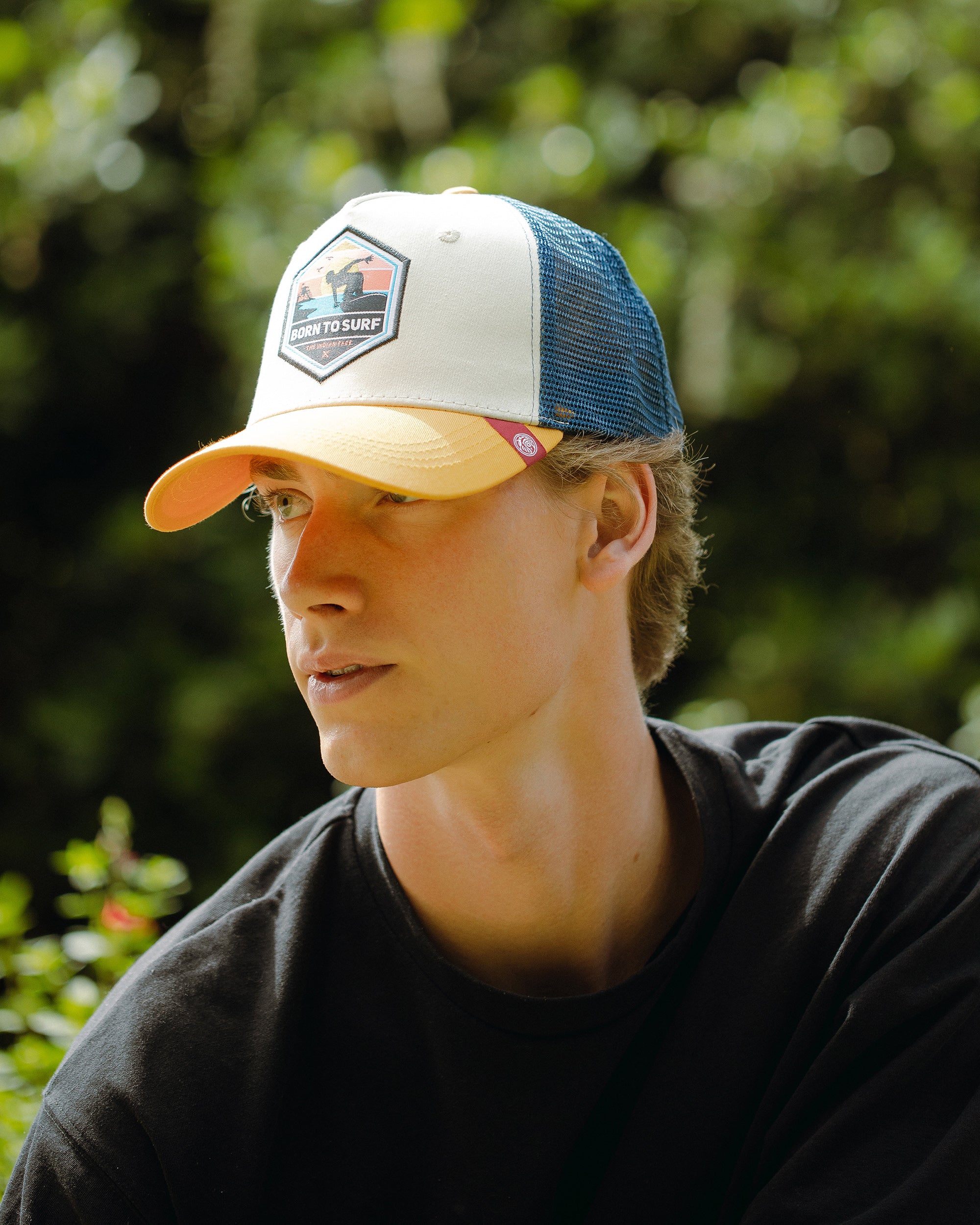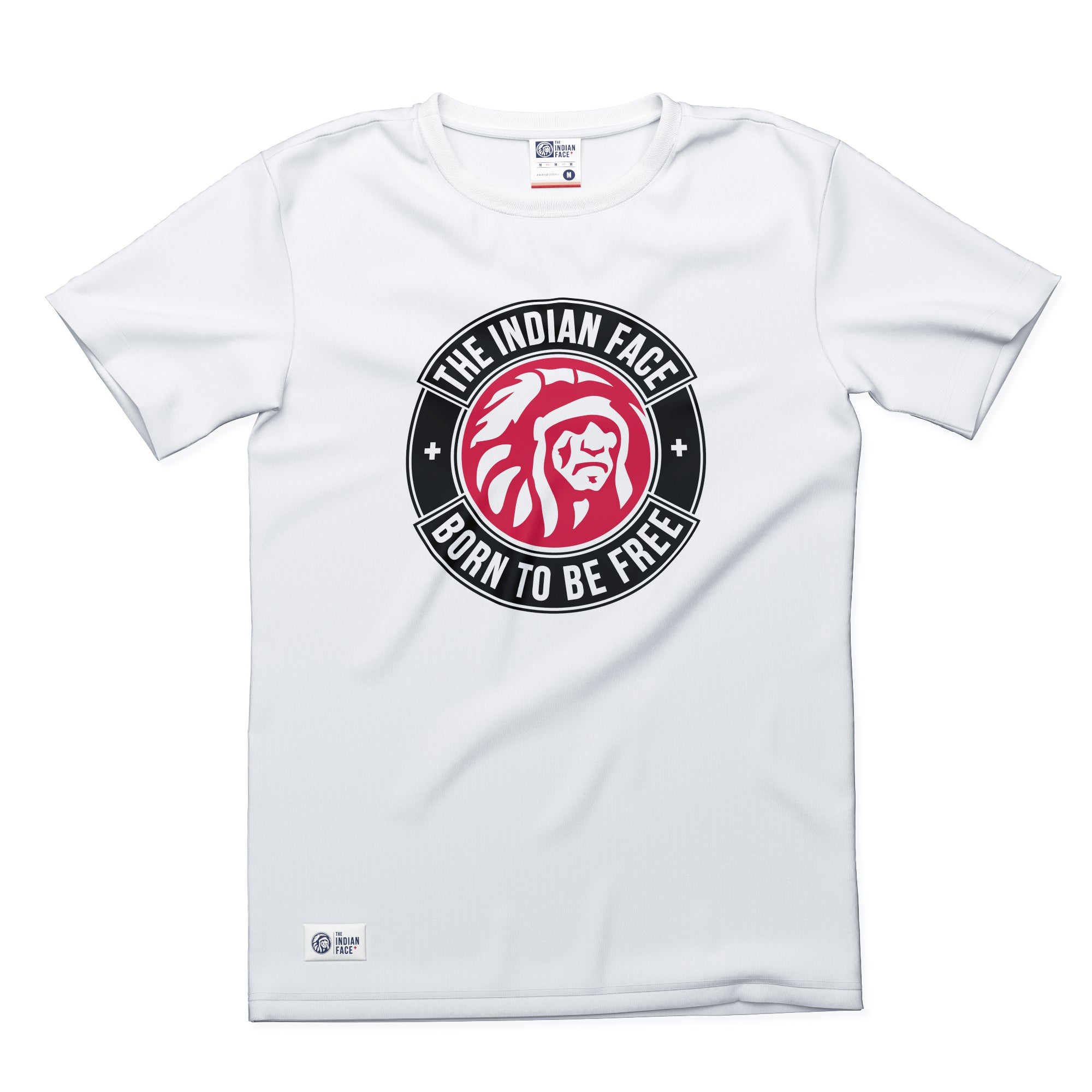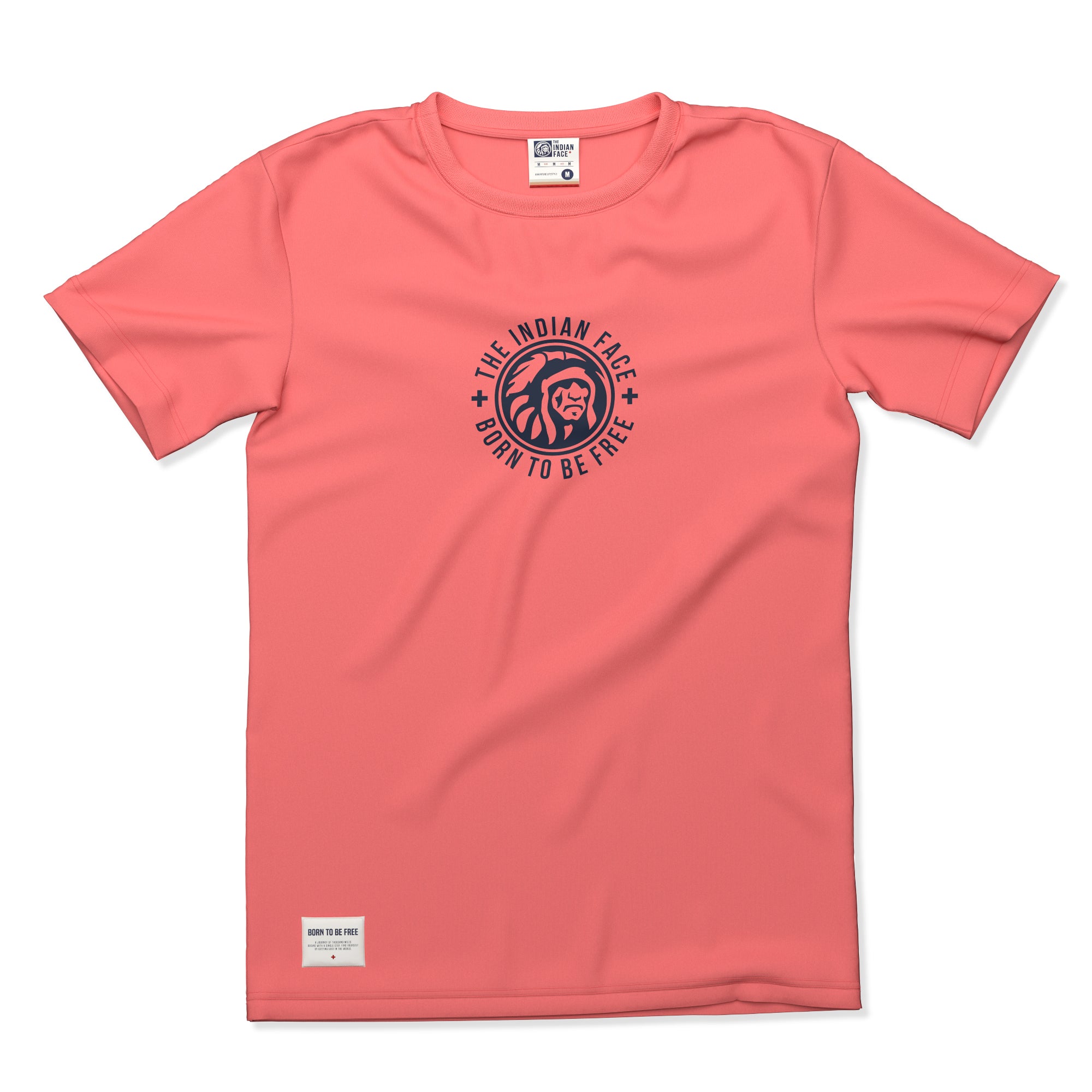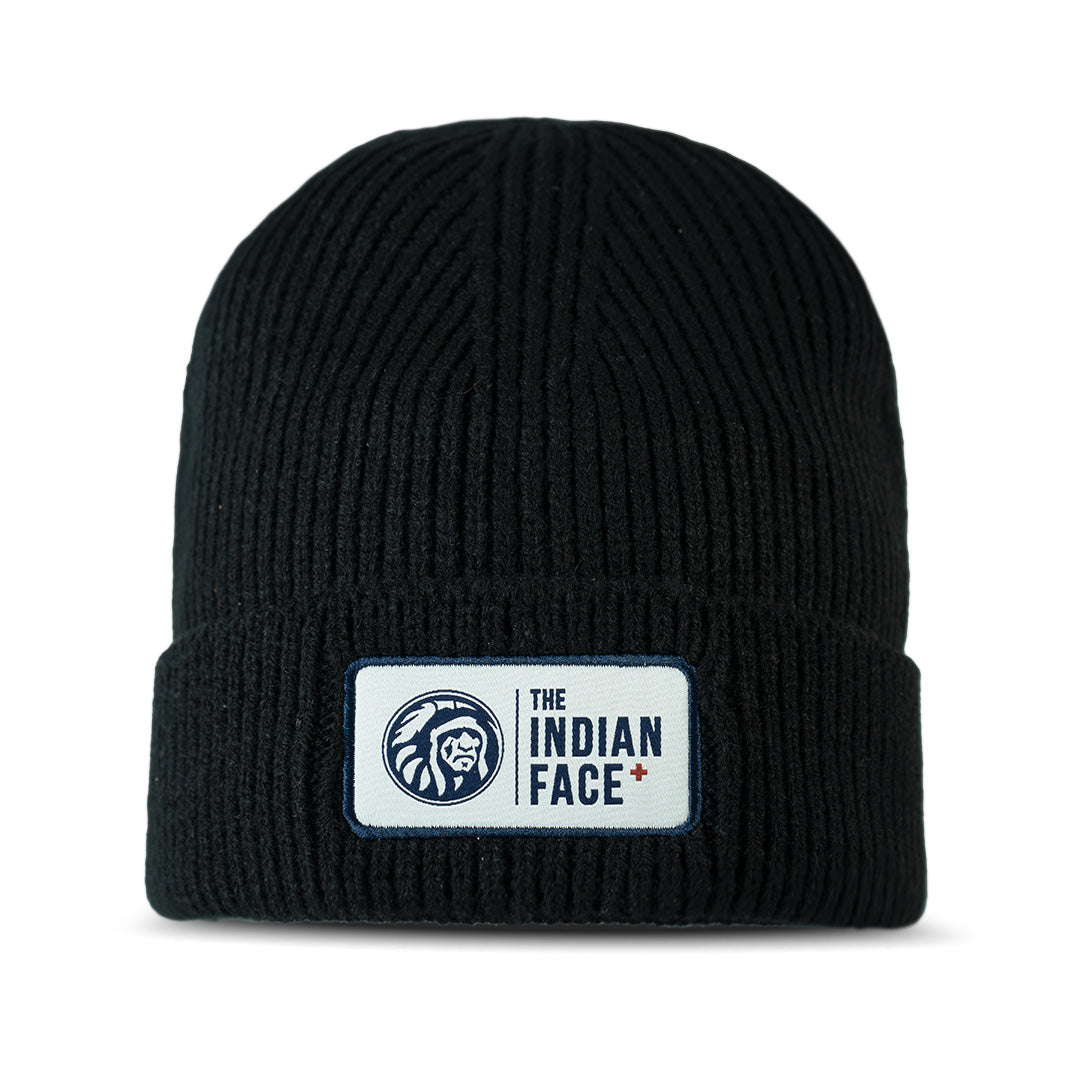BMX, also called bicicross, is a sport that combines speed, obstacles, jumps... Have you ever tried BMX? What will this modality have to hook so many young people? What modalities are there? What are your rules? We will tell you all this and much more in this article, keep reading!
1. WHY BMX?
BMX are the initials of Bycicle Motocross, a form of cycling that has its origins in California. In the year 1969, the young Scot Breithaupt dared to imitate his motocross idols on a bike. This novelty caused an impact on the youngest, who were entranced watching how this boy moved on a motocross track. Faced with so much expectation, a bicycle manufacturer, Al Fritz, launched into designing bicycles that resembled motorcycles. Little by little, the love for BMX grew in the United States, with more and more fans being born, at the same time that championships began to be organized and BMX was gaining more followers. The passion for BMX was increasing until it crossed the borders and reached Europe. It started in France, the United Kingdom and the Netherlands and today it is a sport known in practically the whole world.

2. BMX MODALITIES
Within BMX there are two clear modalities: the BMX Race or race BMX, and the BMX Freestyle, within which there are 5 submodalities. Let's tell you the differences between these two!
BMX RACE
The BMX race consists of races in which the competitors run on circuits of 350 meters. Eight participants play and the method is as follows: they are launched from a ramp and must run over different obstacles until they reach the finish line in the shortest possible time; only the fastest will advance to the next round.

BMX FREESTYLE
BMX freestyle consists of races in which competitors are judged on the tricks performed based on three points: difficulty, originality and style of the tricks. Where are these races held? These are the scenarios in which BMX freestyle is usually practiced and, therefore, the different submodalities:
- Park: The runners perform their tricks in parks with different obstacles, including walls, box jumps... It is the best known and the most practiced, since, in addition to being within the reach of anyone, it is a modality of the Olympic Games.
- Vert: Surely it will sound more familiar to you if we say BMX on a “U” ramp. Each competitor performs their tricks on a U-shaped ramp about 4 meters high.

- Flat (flat): This BMX modality consists of doing all possible tricks on a completely flat surface. This style reminds us a bit of breakdance due to the movements of the riders.
- Street: In BMX Street, the participants perform stunts using the obstacles on the street, such as the railings, steps, ledges... it is a style that requires being very creative, since, depending on the place where is done, the obstacles will always be different.
- Dirt: Also known as dirt BMX, it is characterized by jumping and then making the most spectacular movement in the air possible.
3. BMX RULES
Like any sport, BMX has a regulation that governs the races. These are the main BMX rules:
- It is mandatory to be officially registered to be able to participate in events.
- Cyclists must be ready once their turn arrives, no there are extensions.
- In case a competitor does not show up in a race, he will be marked with CR and will have the last position of the race.
- It is totally prohibited to obstruct another competitor, cause physical contact, cut off the track or interfere with other cyclists when re-entering the track.
4. IS BMX GOOD FOR EVERYONE?
BMX is a very common sport among the youngest, although it is not uncommon to see it in older athletes. However, due to the impact produced by falls, it is not recommended for people with joint problems in the knees, wrists, hips or shoulders , as well as for people with low back problems .
5. WHAT IS NEEDED TO PRACTICE BMX?
Depending on the BMX discipline, the equipment will be different. The equipment worn by BMX cyclists is very similar to that of motocross, especially in BMX race, a modality in which a helmet and full body protections are used. For BMX Street or Park, they can wear a kit reminiscent of skaters.
This is the equipment that every BMX competitor needs:
- Helmet. Essential to protect the head, neck, front and jaw.
- Specific clothing : jersey and pants. Clothing must be made of comfortable and abrasion-resistant material.
- Gloves
- Protections. Given the possibility of falls in the jumps, it is necessary to wear protections under the first layer to cushion the blows. There are two protectors: the upper and the lower. The upper protection protects our chest, sides, back, spine, collarbones, shoulders and arms. The lower protector protects the knee and the leg.

6. WHAT IS A BMX BIKE LIKE?
BMX bikes vary depending on what type of BMX they are designed for. A freestyle BMX is not the same as a racing one. But there are several elements that are the same in both categories: the frame and wheels are small, the seat is lower to facilitate movements and the handlebars is large for easier handling. The size of the wheels also varies depending on the age of the rider, from 16 to 24 inches, with 20 being the average size. The frame is usually made of steel or aluminum, and the choice of this will also depend on the discipline. In BMX race, a lighter aluminum frame is used, while in freestyle, a more solid and easy-to-handle steel frame is used, to be able to do tricks. Development is gearless, usually a 28 or 30 chainring and a 9 or 10 tooth sprocket. If it is your first bike, we recommend that you buy a freestyle bike, since it is used for everything, and when you have experience and know which style you like best, you can choose another more specialized one.

7. ARE YOU THINKING OF BUYING A BMX BIKE AND DON'T KNOW WHICH ONE?
If you want to get started in the world of BMX, we are going to recommend that you take a look at the bicycles of the Mafia Bikes brand. They have models for all kinds of levels and with very good value for money. We really like the Mafia Kush 2 20”; offers easy handling and stability for performing stunts.
Another option that we suggest, although it won't be so easy for you to get hold of one, is a Monty BMX. Monty Bikes was the quintessential BMX and trials brand. Currently it continues to sell bicycles, but more urban, mountain or tricycles. If you do not want to make a large outlay, you can get one of their old models. It is a way to give a second life to a bike with very good characteristics, which will never fail you.
8. BMX: AN OLYMPIC SPORT
Since 2008, BMX is a sport that participates in the Olympic Games. His first debut was at the 2008 Beijing Olympic Games, in race and time trial mode, at the Laoshann circuit. 48 athletes participated, 32 in the male modality and 16 in the female modality.
The Tokyo 2020 Olympic Games included BMX Freestyle, specifically the BMX Park modality. The riders had 2 rounds of just 1 minute each in which they showed their talent by performing stunts and tricks. The jury evaluated them with a score from 0 to 100.
9. BENEFITS OF BMX
BMX provides many benefits, both mentally and physically. Mentally, it is a great help to reduce stress, disconnect and achieve a better state of mind. On a physical level, when we get on a BMX bike we strengthen the lower muscles, as well as our arm muscles. It is also an excellent method to lose weight, since it burns a lot of calories.
10. BMX TRICKS
In BMX there are countless tricks and stunts. Given the large number of athletes in this sport, new ones are emerging every time. We are going to tell you about the most common ones so that, if you go to a BMX championship, you know how to recognize the tricks of the riders:
- BUNNYHOP/ OLLIE
“Jumping rabbit in Spanish”, does not need any ramp or elevation. It consists of lifting the front of the bike first and then the rear. It is the first trick to learn in order to know how to do more advanced tricks.
- NOLLIE
It's like the BunnyHop, but inverted. It begins by throwing the body forward, and thus lift the rear wheel at the same time that the arms are shrunk. The arms are then firmly extended to lift the body up and shrunk again to raise the bike. It's quite a tricky trick and is mainly used to go down side steps.
- FAKIE
It is done by pedaling backwards. In fact, if we add fakie to any trick, it means that it is done by pedaling backwards.
- ROLLBACK
It consists of a 180° turn in which the direction of travel is changed. Normally you get out of the fakie by doing a rollback.
- MANUAL
Trick in which the rider moves while balancing on the rear wheel without pedaling, using the brake to avoid falling backwards.

Now that you know these 10 things about BMX, do you dare to give it a try?
QUESTIONS AND ANSWERS
- WHAT DO THE BMX INITIALS MEAN?
The term BMX stands for Bycicle Motocross, since its beginnings began by simulating motocross movements on a bicycle.
- WHERE WAS BMX BORN?
BMX was born in California in the 70s, when a young man wanted to imitate the maneuvers of his motocross idols on a bicycle.
- WHAT ARE THERE FOR BMX?
In BMX there are 2 major modalities: the BMX Race and the BMX Freestyle. The latter, in turn, is divided into 5 subcategories: BMX Freestyle Park, Vert, Street, Flat and Dirt.
- WHAT ARE THE BENEFITS OF BMX?
BMX provides multiple benefits both mentally and physically. It frees us from stress, clears us... By doing so we strengthen the muscles of the lower and upper body, burn calories, prevent cardiovascular diseases...
- WHAT IS THE BEST AGE TO PRACTICE BMX?
Any age is good to start BMX. However, this sport is very common in young people, and each time the age is reduced. There are children as young as 6 who already surprise us with jumps and tricks on a bike.
- WHAT EQUIPMENT IS NEEDED TO PRACTICE BMX?
This varies depending on the modality you want to practice. Falls from jumps are very frequent in BMX, so you have to prepare to cushion falls. Always wear a helmet and light, comfortable clothing. If you are going to compete, you will also need protections and special gloves.


















































